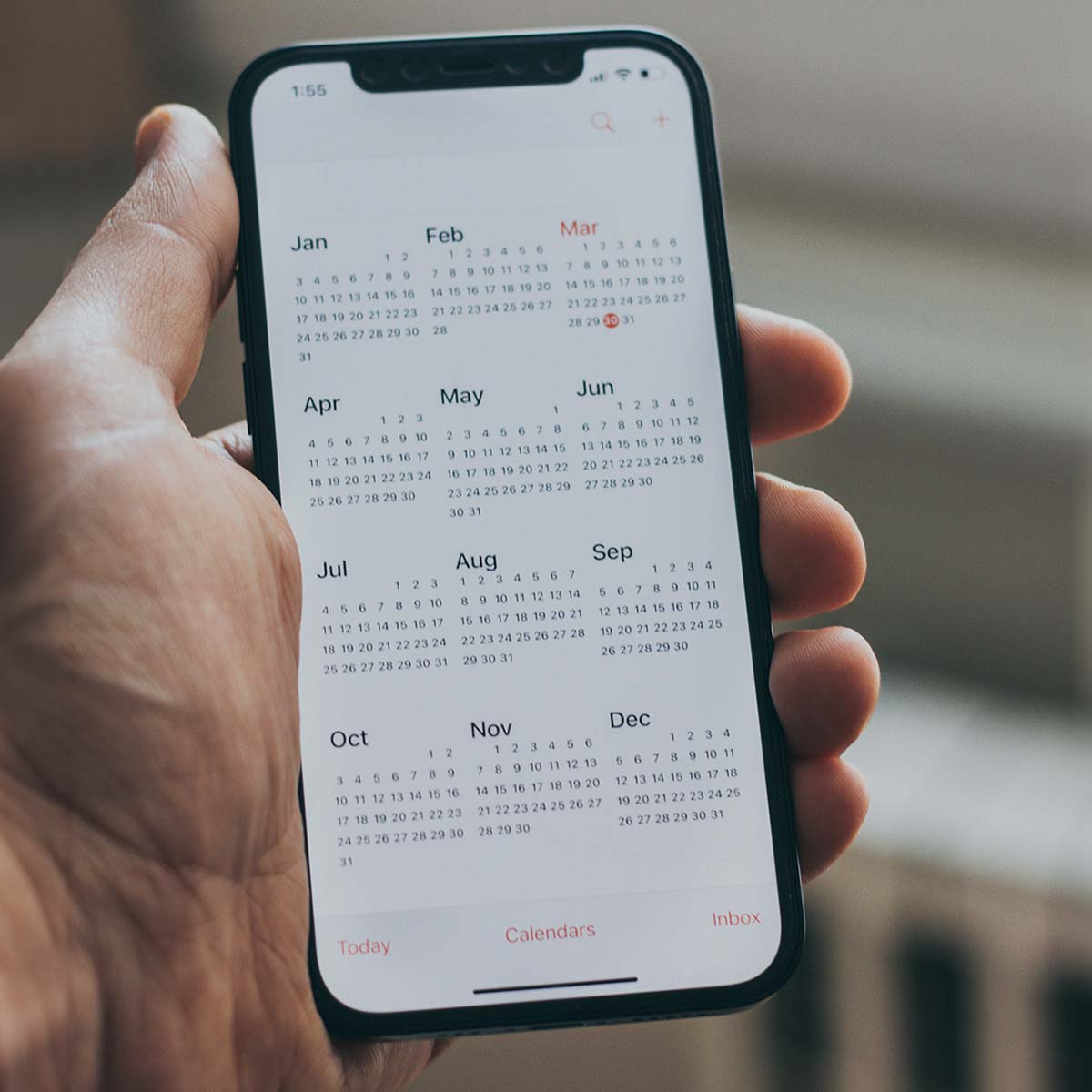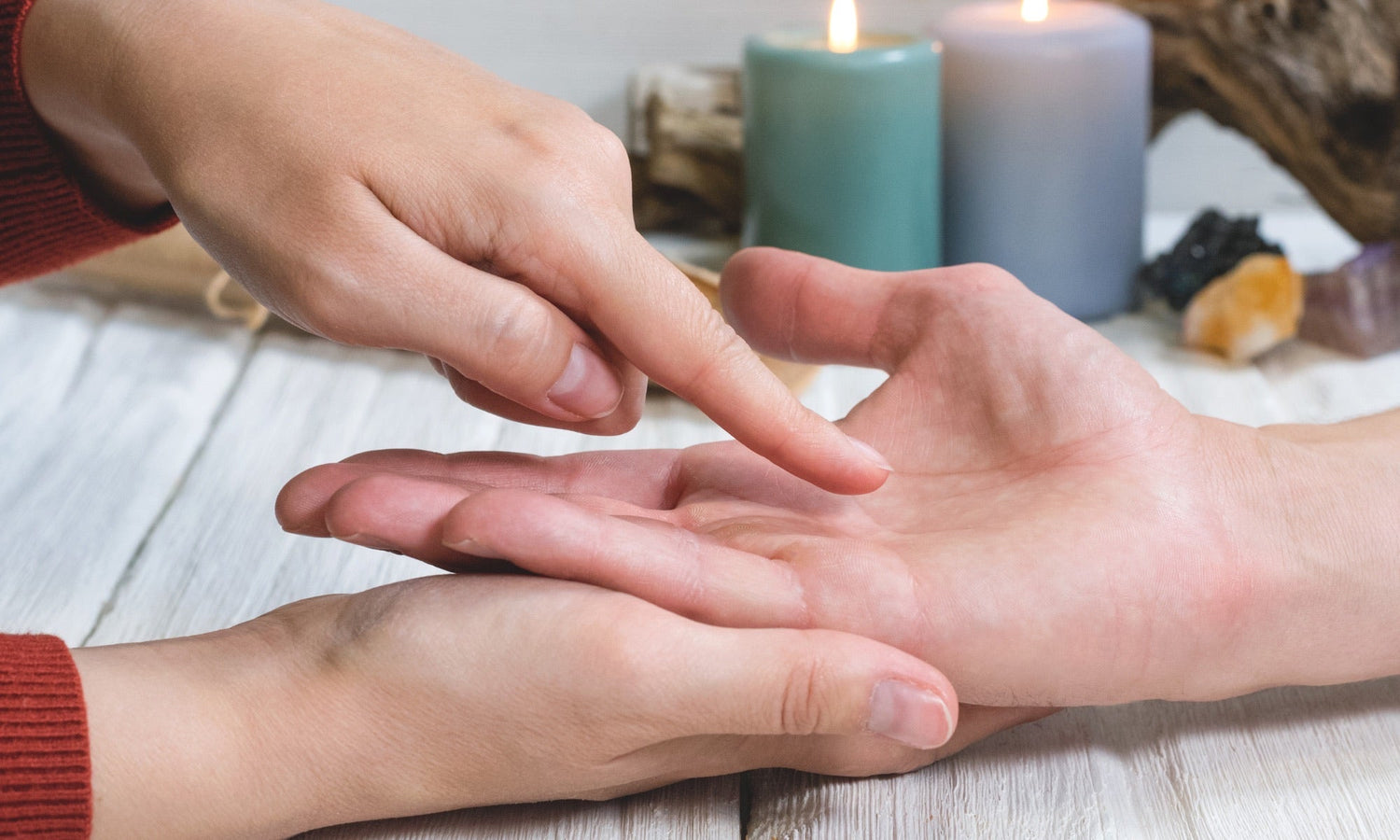A child is born on that day and at that hour when the celestial rays are in mathematical harmony with his or her individual karma. The birth horoscope is a map of the heavens, a unique portrait, revealing one’s unalterable past and probable future, which can be rightly interpreted by men and women of intuitive wisdom. Such interpretation is not meant to just emphasize fate, but to arouse better decision making, self-knowledge and to learn to overcome limitations inspiring to move towards one’s purpose and ultimate potential.
An advanced astrologer is said to be able to generate a horoscope, which literally means, ‘observation of time’, by calculation, facial examination, or palmistry. Palmistry is called hasta samudrika and is part of lakshana shastra, the science of reading the signs of the body parts.
The major lines of the palms such as life, heart and head lines, represent prarabdha karma, that karma which is pretty fixed and has either happened or is bound to happen in the current lifetime. The minor lines are subject to change through free will and represent the karma that is malleable - kriyaman karma. The hand mounts represent the totality of future karma or the storehouse of the concealed effects of our past actions, sanchita karma, changeable through prolonged effort. These are interpreted through the navagrahas, which are the nine largest planetary influences that we all, except for the finest of saints, are to a large extent, in the grip of. The lines and other signs can give indications of themes such as spiritual tendencies, family life, education, wealth and past and future pathological changes.
Indeed, a blueprint revealing past, present and future is right in the palms of our hands, written on our forehead, in the sky above and for the keen listener, echoed by the environment through the interpretation of omens.
Palmistry is a branch of Vedic astronomy and astrology or Jyotisha shastra - a science which interprets the observation of the cosmos at a particular moment in time to receive insight into the nature of an event. It is a premier tool for mapping the ebb and flow of karma and the movement of time. It is a practical device for uncovering the subconscious, the unseen realms of our lives, and shining light on them in order to best utilize our time, energy and actions.
Just as the Vaidya uses the doshas, the Jyotishi uses the planets for assessment. Historically Ayurveda and Jyotish have been used together in medicine, until Jyotisha began to be perceived as superstition. But in fact, medical astrology is still useful to support diagnosis, prognosis and planning treatment, because of its capacity to reveal inner and outer forces affecting a person, affecting his or her experience.
Hippocrates, the Greek physician who is regarded as the father of modern medicine, insisted his students study astrology, with a rather controversial saying, "He who does not understand astrology is not a doctor, but a fool." Astrology has in the orient always been a classical science and was never disconnected from religion or culture, but also in the West it has been studied by intellectual giants such as Ptolemy, Galileo, Johannes Kelper and Leonardo da Vinci.
Everyone knows experientially that it is of vital importance to be in the right place at the right time to succeed in anything and therefore we are naturally attracted to a greater understanding of time and space, the fundamental dimensions of existence. What has drawn people to esoteric sciences since time immemorial is the desire for transformation either for oneself or those around us.
Plagued by poor decision making, we often reduce our expectations, taking lower risks and attaining lower levels of satisfaction. Our life experience can become less deep, and our joy can become diminished. ‘’You sow and you reap, you sow and you reap’’.
The esoteric sciences, like palmistry, offer a profound opportunity to support ourselves or our clients in understanding what can be done to move towards a more positive outcome in all aspects of our lives. To resolve life’s adversities is not to resist them, but to become more sensitive towards life, and increase and refine our understanding, which we can all do, by kindling the flame of attention that resides within us.
Frequently Asked Questions
1. Is palmistry 100% correct?
Palmistry is an ancient art that invites us to explore the stories written upon our hands. While it offers fascinating insights and reflections, it is not a science that delivers absolute certainties. Think of it as a gentle guide—a way to deepen your connection with yourself and your journey, rather than a definitive map. The wisdom comes from your own awareness as you interpret the signs with openness and curiosity.
2. Which is the correct palm to read?
In palmistry, both hands speak volumes, but in different ways. The dominant hand (the one you write with) reflects your present life path and conscious choices, while the non-dominant hand whispers of your inherited traits, potential, and early influences. Together, they offer a full, vivid picture—like two chapters of your personal story unfolding side by side. We invite you to explore both with attentive presence.
3. Does the palm line really work?
Palm lines are delicate markings that can reveal patterns of energy, strengths, and challenges, but they are not set in stone. Like the river that shifts with the seasons, our lives and hands evolve over time. Reading palm lines is less about prediction and more about reflection—seeing the language of your experiences and possibilities, and how you might navigate forward with awareness.
4. What are extremely lucky signs in Palm?
Certain markings, such as a well-defined Sun line, clear Fate line, strong Life line, or special shapes like triangles or crosses, are traditionally thought to indicate auspicious qualities like creativity, resilience, and fortune. Yet, the true richness of a "lucky sign" comes from how you embrace your gifts and make conscious choices. Every mark carries its own poetry in your palm’s unique landscape.
5. What are unlucky lines in palmistry?
Rather than being "unlucky," some lines or markings may point to areas where extra care, attention, or healing could be helpful. For example, broken lines or chains might suggest periods of challenge or transformation. Ayurveda and palmistry both encourage a compassionate approach—seeing these signs not as misfortune but as invitations to growth and self-awareness.
6. How to read fate line?
The Fate line, often called the line of destiny, runs from the base of your palm toward your middle finger. It reflects the flowing energy of your life’s path and the forces that shape your journey. A deep, straight Fate line can indicate strong determination, while interruptions or changes may show shifts in direction or transformative moments. Reading your Fate line is an invitation to listen closely to the rhythms of your unfolding story.








